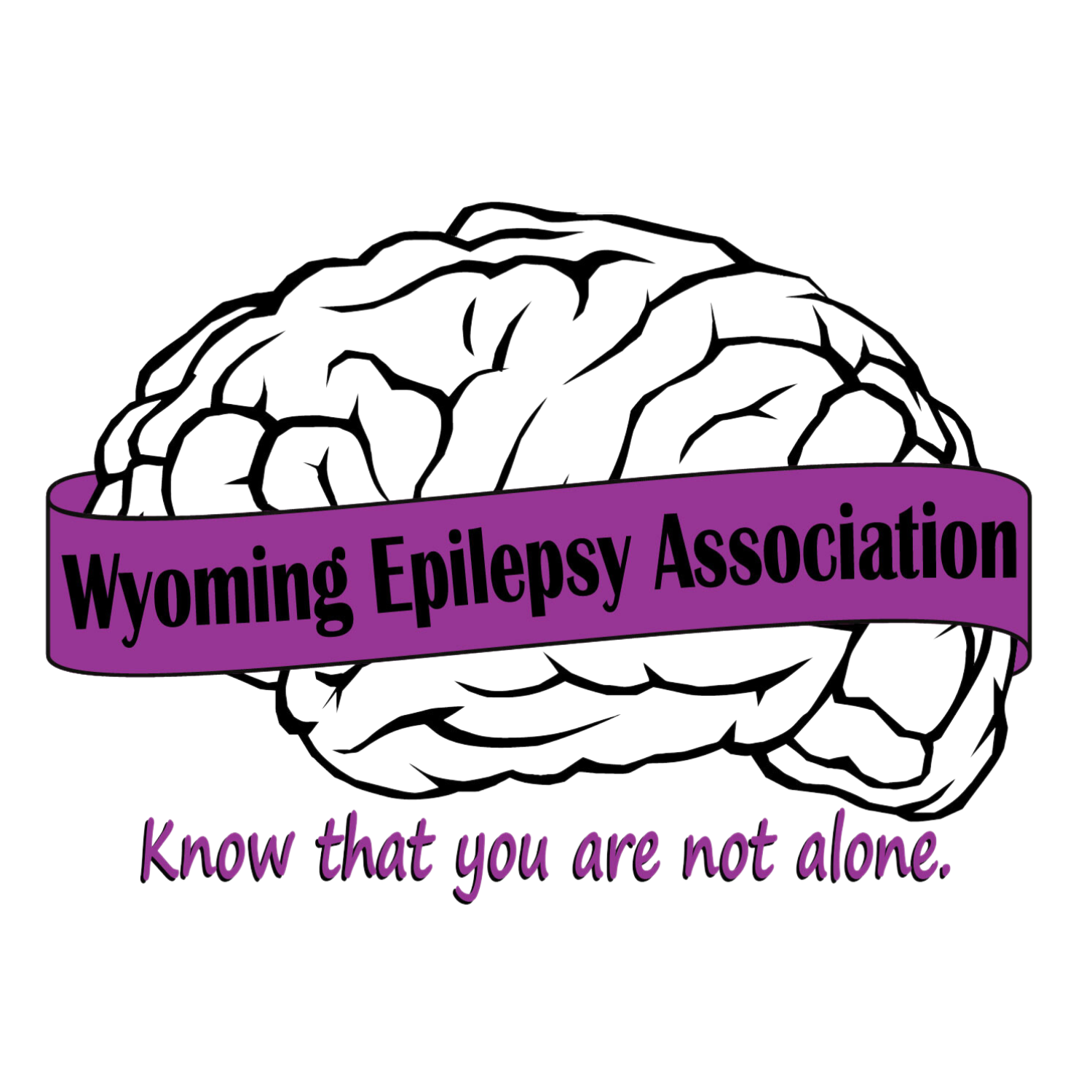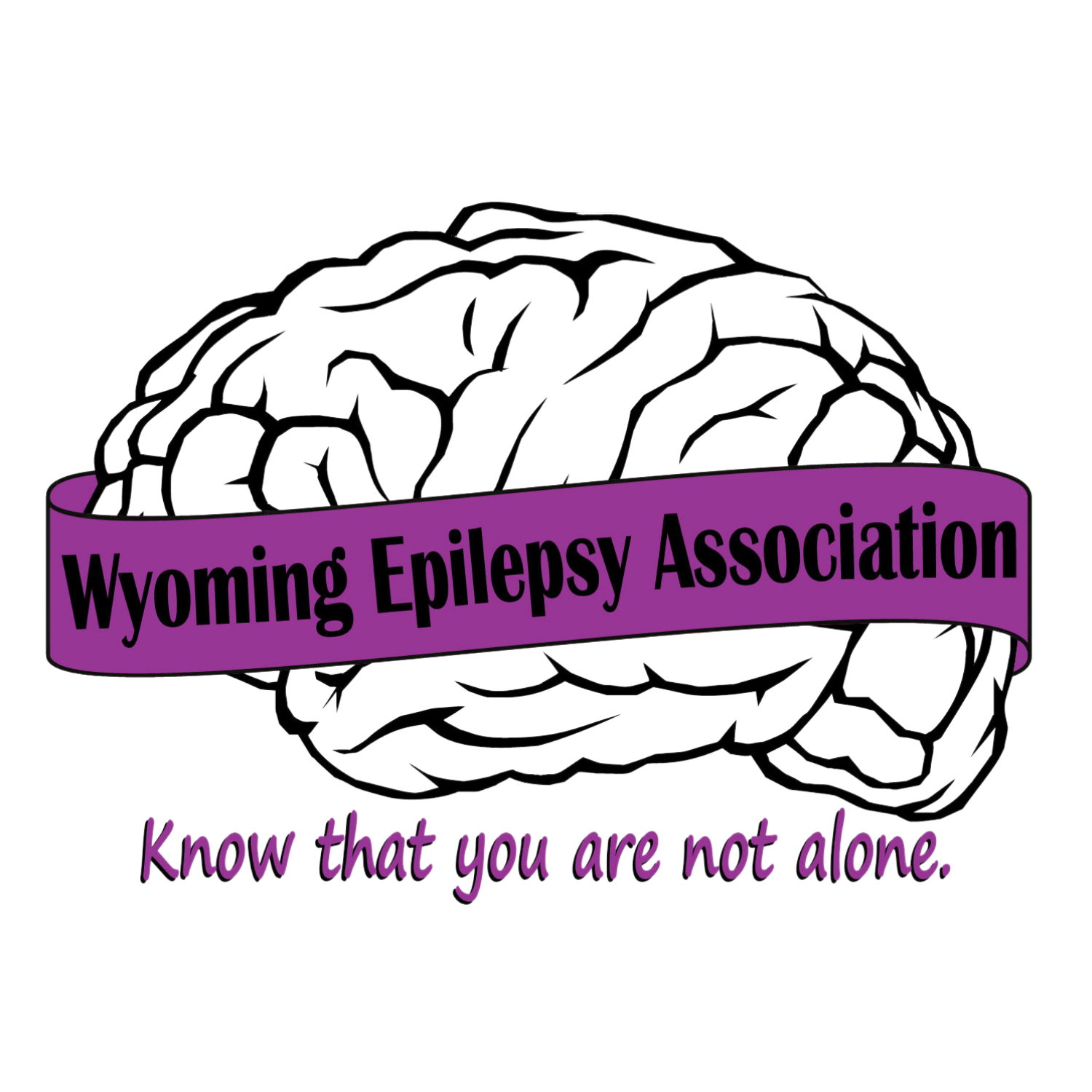Epilepsy and Types of Seizures Disorders
What is Epilepsy?
What is Epilepsy?
When a person has had two or more seizures that have not been provoked by specific events such as trauma, infection, fever, or chemical change, he or she is considered to have Epilepsy.
What Causes Epilepsy?
Epilepsy may develop because of an abnormality in brain wiring, an imbalance of nerve signaling chemicals (neurotransmitters), or a combination of these factors. Causes of Epilepsy may include head injuries, brain tumors, lead poisoning, certain genetic diseases, and some infectious diseases. However, in more than half the patients with Epilepsy, the cause is still unknown.
What is a Seizure?
In normal brain function, millions of tiny electrical charges pass from nerve cells in the brain to the rest of the body. A seizure occurs when the normal pattern is interrupted by sudden and unusually intense bursts of electrical energy which may cause strange sensations, emotions, behaviors or convulsions, muscle spasms, and loss of consciousness. These unusual bursts are called seizures.
Types of Seizures:
There are many different types of seizures. Generally, different types of seizures are categorized based on what part of the brain is involved in a seizure. People might experience one type or more than one type of seizure.
Experts divide seizures into generalized seizures, which affect the entire brain, and partial seizures, which affect only a part of the brain. Each comprises a number of specific types of seizures, like tonic-clonic and absence seizures.
Medical attention is required when:
- Pregnant
- Injury sustained from seizure (For instance, by falling or hitting something while they’re seizing)
- The first time they’ve had a seizure
- Seizure continues for more than 5 minutes (A condition known as status Epilepticus)
- An ambulance should be called if the individual has a seizure longer than five minutes
The Main Categories of Seizure Disorders
Generalized Seizures
Generalized seizures:
Appear to start in all parts of the brain simultaneously and have no identifiable onset.
Many generalized seizures start and spread so quickly it is impossible to identify the source. If the source of a seizure is unidentifiable, surgery is not available as a treatment option
Examples of generalized seizures include:
- Absence seizures (formerly known as petit mal seizures)
- Myoclonic seizures
- Clonic seizures
- Tonic seizures
- Tonic-clonic seizures (formerly known as grand mal seizures)
- Atonic seizures (drop attacks)
- Absence Seizures(Petit Mal)
Absence Seizure
An absence seizure (formerly classified as petit mal), is a very uncommon seizure that begins suddenly and occurs without any warning signs.
People experiencing absence seizures typically appear to stare without moving. Usually lasting less than 15 seconds, absence seizures can occur many times a day and may be mistaken for daydreaming.
While the patient may not remember what happened during the seizure, they’ll typically return to being instantly alert as soon as the seizure is finished.
Treatment of absence (petit mal) seizures:
There is no one treatment method for any patient with a seizure disorder. Each treatment plan is tailored to the individual patient based on their diagnosis and symptoms. Treatment options may include medical therapy, nerve stimulation, dietary therapy, or surgery, as appropriate.
Myoclonic Seizures
Unlike atonic seizures (which cause the patient’s muscles to go limp), myoclonic seizures (myo meaning “muscle”, clonic meaning “jerk”) results in an increase in muscle tone. The areas of the brain stem responsible for increasing and decreasing muscle tone are close together – meaning atonic and myoclonic seizures probably begin in the same place. Patients experiencing sudden dramatic changes in muscle tone will often suffer from either or both types of seizures.
Patients suffering from myoclonic seizures typically react as if hit by a single jolt of electricity.
Myoclonic seizures are often only one manifestation of a mixed seizure disorder, and they can be very serious. On rare occasions, a patient may suffer from a series of such jolts – a serious type of epilepsy classified as infantile spasms.
It is important to note that not all myoclonic jerks are myoclonic seizures. Think about the times you’ve seen someone falling asleep then suddenly jerk awake. This is a great example of a myoclonic jerk – but not a seizure.
Treatment of myoclonic seizures:
There is no one treatment method for any patient with a seizure disorder. Each treatment plan is tailored to the individual patient based on their diagnosis and symptoms. Treatment options may include medical therapy, nerve stimulation, dietary therapy, or surgery, as appropriate.
Tonic Seizures
During a tonic seizure, the person’s muscles initially stiffen and they lose consciousness. The person’s eyes roll back into their head as the muscles (including those in the chest, arms, and legs) contract and the back arches. As the chest muscles tighten, it becomes harder for the person to breathe – the lips and face may take on a bluish hue, and the person may begin to make gargling noises.
Many observers have the misconception that the person is in danger of “swallowing their tongue,” so they attempt to put something in the person’s mouth. Swallowing your tongue is actually impossible, and any attempt to open the now tightly clenched jaw may cause more harm than good.
Clonic Seizures
During a clonic seizure, the individual’s muscles begin to spasm and jerk. The elbows, legs, and head will flex, and then relax rapidly at first, but the frequency of the spasms will gradually subside until they cease altogether. As the jerking stops, it is common for the person to let out a deep sigh, after which normal breathing resumes.
Tonic-clonic (grand mal) seizures
A tonic seizure is typically accompanied by a clonic seizure – it is rare to experience one without the other. When both are experienced at the same time, this is known as a tonic-clonic seizure (formerly known as a (grand mal seizure).
Treatment of tonic and clonic seizures
There is no one treatment method for any patient with a seizure disorder. Each treatment plan is tailored to the individual patient based on their diagnosis and symptoms. Treatment options may include medical therapy, nerve stimulation, dietary therapy, or surgery, as appropriate.
Atonic Seizures (Drop Attacks)
Unlike myoclonic seizures (which cause muscles to tense), atonic seizures cause the muscles to go limp. The patient’s body may slump or crumple to the ground, possibly causing injury.
The areas of the brain stem responsible for increasing and decreasing muscle tone are close together, which means atonic and myoclonic seizures probably begin in the same place. Patients experiencing sudden dramatic changes in muscle tone will often suffer from either or both types of seizures.
Atonic seizures may be indicative of Lennox-Gastaut Syndrome.
Treatment of atonic seizures
There is no one treatment method for any patient with a seizure disorder. Each treatment plan is tailored to the individual patient based on their diagnosis and symptoms. Treatment options may include medical therapy, nerve stimulation, dietary therapy, or surgery, as appropriate.
Partial (Focal) Seizures
Partial (focal) seizures:
Refer to seizures beginning in one area of the brain. By observing which area of the body is affected by the seizure, physicians can identify where in the brain the seizure occurred.
- Simple partial seizures – The seizure is localized to one area on one side of the brain, but may spread to other areas. Consciousness is not lost during a simple partial seizure.
- Complex partial seizures – Seizures originating in one area of the brain that affects consciousness are labeled as complex partial seizures.
- Partial seizures – that secondarily generalize – Partial seizures may spread to other areas of the brain.
Simple Partial Seizures
Simple partial seizures are localized to one area on one side of the brain but may spread from there. Consciousness is not lost during a simple partial seizure. The left side of the brain controls the right side of the body, and the right side of the brain controls the left side – so it can be relatively easy for a doctor to identify which side of the brain is being affected by a simple partial seizure.
Physicians typically break simple partial seizures down into four areas, depending on the location in the brain and parts of the body affected:
- Motor – A simple partial seizure with motor symptoms will affect muscle activity, causing jerking movements of the foot, face, arm, or another part of the body. Physicians can diagnose which side of the brain is affected by observing which side of the body experiences symptoms (left brain controls the right side, right brain controls the left side).
- Sensory – A simple partial seizure with sensory symptoms that affect the senses: hearing problems, possible hallucinations, and other distortions.
- Autonomic – A simple partial seizure with autonomic symptoms affects the part of the brain responsible for involuntary functions: it may cause changes in blood pressure, heart rhythm, bowel function, etc.
- Psychic – A simple partial seizure with psychic symptoms affects parts of the brain that trigger emotions or previous experiences: it may cause feelings of fear, anxiety, déjà vu (the feeling that something has been experienced before), etc.
Treatment of simple partial seizures:
There is no one treatment method for any patient with a seizure disorder. Each treatment plan is tailored to the individual patient based on their diagnosis and symptoms. Treatment options may include medical therapy, nerve stimulation, dietary therapy, or surgery, as appropriate.
Complex Partial Seizures
Complex partial seizures can begin in any lobe of the brain, but cause alteration of awareness due to the spreading of seizure activity
Complex partial seizures are often preceded by a simple partial seizure (aura). An aura is often described as a warning and can manifest in several different ways, such as a sense of fear, a funny feeling in the body, déjà vu, etc.
Patients experiencing a complex partial seizure may stare blankly into space, or experience automatisms(non-purposeful, repetitive movements).
Treatment of complex partial seizures:
There is no one treatment method for any patient with a seizure disorder. Each treatment plan is tailored to the individual patient based on their diagnosis and symptoms. Treatment options may include medical therapy, nerve stimulation, dietary therapy, or surgery, as appropriate.
Partial Seizures that Secondarily Generalize
Partial (focal) seizures: refer to seizures occurring in one or more areas on one side of the brain – in other words, they begin in a limited area of the brain. Instead of remaining in the original area, the seizure may spread to other areas of the brain, thus affecting other areas of the body.
When a partial seizure spreads to the other side of the brain, it is known to“secondarily generalize.” (Partial seizures that secondarily generalize) may include convulsions or spasms, a loss of muscle tone, or a decrease in muscle tone.
Treatment of partial seizures that secondarily generalize:
There is no one treatment method for any patient with a seizure disorder. Each treatment plan is tailored to the individual patient based on their diagnosis and symptoms. Treatment options may include medical therapy, nerve stimulation, dietary therapy, or surgery, as appropriate.
© The Johns Hopkins University, The Johns Hopkins Hospital, and Johns Hopkins Health System. All rights reserved.
Epilepsy is a difficult Chronic condition to understand.

Wyoming Epilepsy Association
1612 Central Avenue #3
Cheyenne, Wyoming 82001
